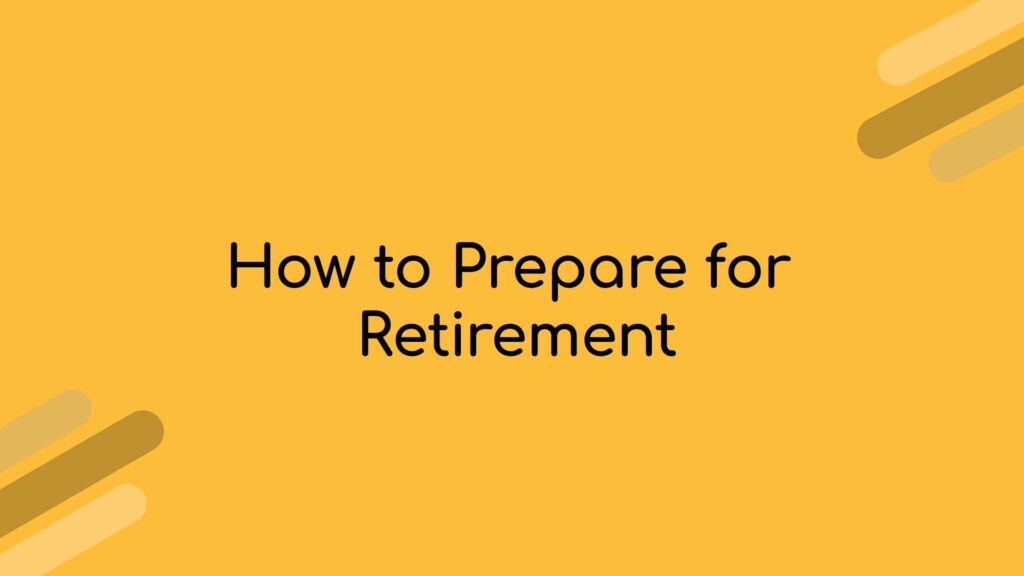 First, a word on debt
First, a word on debt
There are many books out there on debt, its problems, and how to overcome them, so I won’t belabor the obvious. I do, however, think it’s important to spend some time on the subject of debt before launching into the next piece of the financial model.
I break debt into two categories: debt on items that depreciate, or go down in value—cars, couches, TVs, boats, etc.—and debt on things that are likely to appreciate, or go up in value—for example, your home, education (because you are increasing the value of you), and business debt.
Debt can be a landmine, so be careful. I’ve seen people take out debt on businesses that have little hope of succeeding, borrow for dubious degree programs, and overborrow for homes they really can’t afford.
You can reduce your risks significantly if you seek wise counsel before making the decision to borrow. Early in my career, I spent a lot of time talking with people who had attained the success I was seeking, and it paid big dividends. The key is to be humble enough to listen to sound advice and keep your ego from getting in the way when it conflicts with your wants or with what you want to hear.
Debt is a hot topic in finance because of a concept called “lost opportunity cost.” The concept is this: the interest you pay on borrowed money becomes no longer available for other uses—the opportunity to use that money is lost. The lender gets rich while the borrower goes broke.
When you buy an item on your credit card, how much does it really cost? Without going into all the math behind the calculations, I’ll give you a simple example: If something costs $5,000, your interest rate is 12% APR (which is actually lower than the national average), and you make payments of $50 per month, you will have paid for the item almost three times over before it is paid off. Meanwhile, nearly $10,000 could have been growing for YOUR future rather than the lender’s, if only it had been invested. This is “lost opportunity cost.”
If not debt, then what?
I handle big-ticket purchases by setting up a sinking fund. Companies use sinking funds all the time to replace expensive equipment that wears out over time, and we should do the same. Here’s the way it works:
Let’s say that you have a car you’ve recently paid off the debt on. Some may be tempted to go buy a new vehicle with the extra cash in their budget, but you’ve decided that it’s a trap you don’t want to fall into anymore.
Look at the price of the next vehicle you might buy. Let’s say it’s $20,000. Then, look at the amount of time you might be able to make it with your current vehicle—some vehicles will be different than others. I’ve had clients tell me that they get over 200,000 miles out of their cars before getting rid of them. If you drive 15,000 miles per year and have 50,000 miles on your current car, you may have another ten years before you need to replace it.
With that in mind, I would look at how much you might be able to sell your current car for—let’s say $2,000. Then, take the next vehicle purchase price ($20,000) and calculate the difference:
$20,000 – $2,000 = $18,000.
This means you would need to have $18,000 set aside in ten years. I then break that up into a monthly amount by dividing 18,000 by 120 months, which equals 150. So, you need to deposit $150 per month into a fund that will be depleted in ten years when you buy your next vehicle—no more debt payments and lost opportunity costs!
This example illustrates the three steps to a sinking fund:
1. Know how much you will need for your purchase
2. Know when you will need to make the purchase
Want to learn more about what we do?
3. Set aside a monthly amount to reach your goal in time
What should you invest it in?
The type of investment you should choose for a sinking fund comes down to how long it will be before you plan on depleting the account. With very short time horizons (less than one year or so), it makes sense to use mostly—or all—fixed-income investments like savings accounts and money market funds.
You can’t afford to have a stock market downturn right when you plan on buying that big-ticket item. If the time horizon is in the more distant future, you can start to add more stocks.
To determine how much you might have in stocks, bonds, and cash, first determine when you will deplete the account. There are four time horizons that I will define for investing purposes:
1. One to three years
If I will need all of the money within one to three years, I put up to 25% of the money in stocks, and the rest in shorter term/high quality bonds and cash.
2. Three to five years
With a time horizon of three to five years, I put up to 50% in stocks.
3. Six to nine years
If I’m looking at a six- to nine-year timeline, I’d put up to 75% in stocks.
4. Ten or more years
Finally, a goal that is ten or more years away can typically use an all-stock portfolio.
These time horizons are driven by how long these asset mixes may have gone without any returns, using history as a guide. For example, an all-stock portfolio would have gone ten years with no return during the Great Depression. While I wouldn’t have been happy with this result, had I set my time horizon appropriately and didn’t need my money for at least ten years, I still would have received back what I put in.
(An interesting note about the Depression: Since prices actually went down during the Depression years, I could have actually had a gain in purchasing power even with an account that was less than what I started with.)
While it would be extremely rare, historically, for these asset mixes to have delivered no returns during these time periods if invested prudently, I like using these historical examples as a guide to help protect against worst-case scenarios.
Keep in mind these time-horizons serve as general guides. Your level of flexibility can also play a role in determining the asset mix to use for a specific goal.
For example, you may still use an all cash portfolio if you have a hard deadline of a year-and-a-half before purchasing an item. But If your deadline is more flexible, you may add a moderate amount of equity holdings. In other words, a flexible investor who held stocks may be willing to put off a purchase if the market is down a year-and-a-half from now, whereas a less flexible investor may be forced to sell at a loss.
Risk tolerance is often a function of flexibility.
What about inflation?
Stock market-based investments have another likely benefit—protection from inflation. If you are buying a big-ticket item a long way into the future, chances are it may be more expensive than it is today.
Why do stocks tend to protect us from inflation over the long run? To discover the answer, let’s consider first what inflation is: prices going up. (Technically, it is the dollar going down in value, but why complicate it any more than we have to?)
The next question to ask is: Who is raising prices? Companies. Okay so, what does a person own when they own stocks?
Companies.
If I put all my money in a bank savings account, they are only obligated to give me back the same amount of money I gave them plus the interest on the account. Banks have no obligation to ensure its purchasing power.
For a much more thorough understanding of portfolio design issues, as well as an understanding of the investing process, you will want to read my book Confident Investing. (Okay, enough shameless plugs.)
The point is this: If you own the very companies who are raising prices—and inflation means prices increase—then you can see how companies protect you from inflation. As prices go up, the value of those companies goes up with them, along with any additional gains from increased company value or increased profits, etc.
What type of account should you use?
You should use a “non-qualified” account for these types of special goal funds. “Non-qualified” simply means that you are not using a retirement account, such as an IRA or a 401(k). Retirement accounts have restrictions on when and how the money can be taken out, so those accounts don’t usually make good choices for these types of funds.
There can be exceptions, but it’s best to consider exceptions in a financial planning context with a qualified planner to guide the way.
Keep in mind that you may have some taxes when you withdraw the money to make the purchase. The money that was invested won’t be taxable, so don’t worry about paying taxes on all of the withdrawal. (I will talk more about how taxes work on investment accounts later, so stay tuned.)
I’ve told my sons that delaying gratification is one of the keys to success in life. While the world and marketing companies try to entice us to buy things on their time schedule, it is usually far wiser to pay cash when we can. It takes a lot of the stress out of life, and we could all probably use less stress.
By Paul Winkler
Want to talk with us directly?
Or, if you prefer, schedule an in-person or virtual meeting here.
*Advisory services offered through Paul Winkler, Inc. (‘PWI’), a Registered Investment Advisor. PWI does not provide tax or legal advice: please consult your tax or legal advisor regarding your particular situation. This information is provided for informational purposes only and should not be construed to be a solicitation for the purchase or sale of any securities. Information we provide on our website, and in our publications and social media, does not constitute a solicitation or offer to sell securities or investment advisory services, or a solicitation to buy or an offer to sell a security to any person in any jurisdiction where such offer, solicitation, purchase, or sale would be unlawful under the securities laws of such jurisdiction.

 First, a word on debt
First, a word on debt


